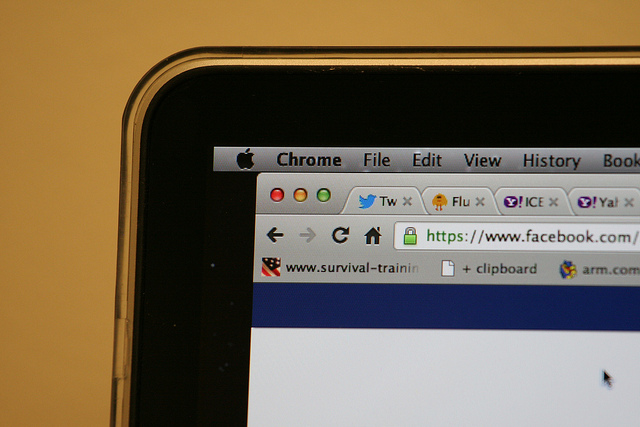
There’s been a flurry of activity around the internet as panicked websites scramble to get their heads around the Google EMD Update. Many webmasters and those in SEO Land might have noticed a decrease in traffic from the release of this update, on 27th of September, which might cause concern – but what does this update actually mean? And, if you’re affected, what can be done to fix any problems?
EMD stands for exact match domains. It is an algorithmic update. However, this was coupled with a data update as well – which is part of Panda, bringing the total number of Panda updates to 20. It’s also going to be repeatedly updated in future to further refine the algorithm, as reported by Chris Crum at WebProNews. So it’s actually two updates. But who might it affect?
The good news is that it currently only affects US sites, but it’s reasonable to assume that that as the updates are rolled out and refined – UK search will soon follow. So this is particularly important for any website operating, or hoping to operate, in the US.
Essentially if your domain has a keyword in it which is an exact match, your site might rank lower than it did previously – which can result in less traffic, conversions and a whole heap of trouble. So it’s best to avoid it.
According to a recent article on Search Engine Land, Matt Cutts (Google’s webspam czar) has confirmed that approximately “0.6% of English-US queries” are affected. It’s all part of Google’s master plan to make lesser quality sites rank lower, which is why an algorithm update was necessary – as before the update, exact match domains would have ranked higher than they should have given the new criteria for quality in Panda.
That’s all well and good, but what the devil do you do in the mean time? Well, first of all you should use Google Analytics to check whether you have been affected since the release date. If so, there are a few tips you can use to make sure you don’t get affected when the next update comes along.
The thing is, anything you type into Google could technically be considered a keyword – so people are scratching their heads and wondering just how this update actually works. It’s a very new update, and Google aren’t exactly keen on providing detailed info at the best of times. However, there are some things you can do if your domain has a known keyword in it.
For example, let’s say you run a website ‘JohnsonPaintersAndDecorators.com’. If so, it’s possible that you will lose the rankings, or at least see them drop, for ‘painters and decorators’ related keywords that you previously ranked for. You should bear in mind the Panda Update criteria, of course, so that your website quality is maintained – but aside from that you can lessen the slap your site might get from an EMD update in a few other ways.
Strong brands won’t be affected like less recognisable ones, so it’s a great idea to try and expand your brands presence and awareness through social media and other campaigns – it’s better if your EMD domain is an established brand. Over optimisation penalties are going to have a greater impact, so make sure your site isn’t over optimised if you’ve got an EMD site – it’s a bad combination that means you don’t fit two of the criteria Google uses to determine quality and relevancy. Obviously, over optimisation is a no-no anyway.
The same goes for duplicate content. Get rid of it, tweak and merge it into another page on your site. There’s really no need for duplicate content anyway. If you’re building large amounts of low quality links to your site, reduce the amount you do this and focus on high-quality authority links – it’s better for your site and for users.
Overall, we still need to wait and see what happens with this EMD update – there are still a lot of questions that need to be answered. So, in the meantime, if you’re operating in the US – you really need to check if you’ve been hit by this update. If not, it’s always good to be prepared so you don’t get hit in the first place – it’s a warning for anyone trying to improve their UK search engine performance. Prevention is better than a cure.
Be sure to follow my contributions to the ThoughtShift Blog for all the latest news and updates about digital news and consumer tech.






